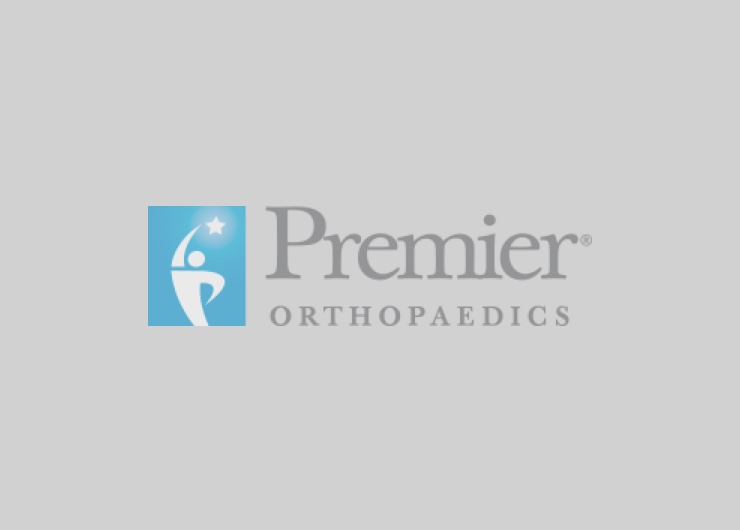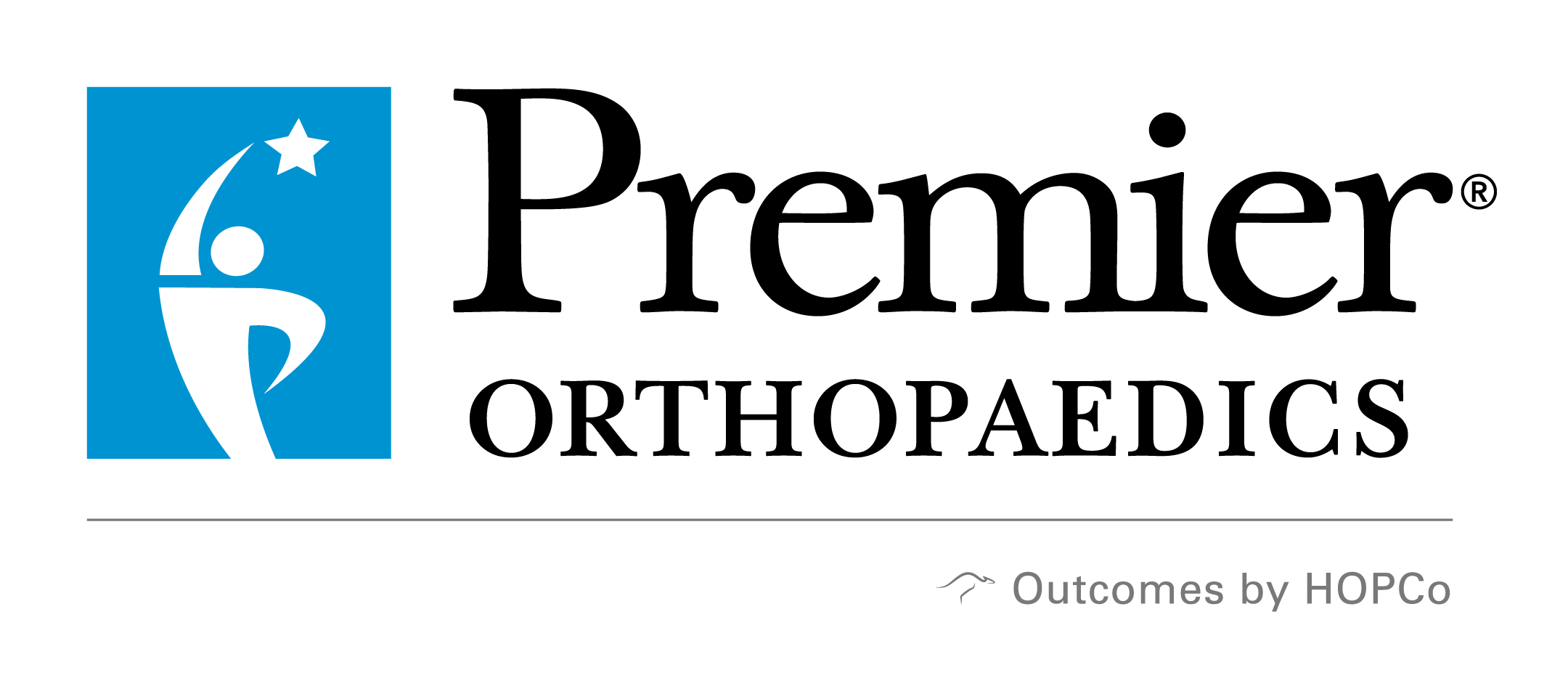Spinal cord injuries are among the most serious and life-altering injuries a person can sustain. The spinal cord, a complex bundle of nerves, is the primary pathway for communication between the brain and the rest of the body. When it’s damaged, a patient could be...
People who suffer from varicose veins, chronic venous insufficiency (CVI), and other related health conditions know that their symptoms involve more than just cosmetic concerns. They also frequently cause pain, swelling, and more serious health problems. For these...
Our smartphones, tablets, and laptops have connected us to the world in ways that we could never have imagined. We carry our offices, our social lives, and our entertainment with us everywhere we go. But this constant connectivity often comes with a trade-off, one...
Five Signs of a Spine Injury

If you’re suffering from a spine injury, it’s important to seek treatment at the first sign of pain. Your spine is one of the most important parts of the body because it allows you to stand up straight, perform all of your daily activities, and it contains the spinal cord that carries signals from the brain to other parts of the body. No matter how minor your injury or pain is, it’s crucial that you contact your doctor immediately.
Anatomy of the Spine
To gain a better understanding of your spine injury and symptoms, it’s beneficial to be familiar with the anatomy of the spine and how it works.
There are three segments of the spine: the cervical spine of the neck, the lumbar spine of the lower back, and the thoracic spine, or curve of the chest. These segments are made up of the spinal cord, nerves, muscles, ligaments, intervertebral discs, and facet joints that help provide movement and function to the body.
The vertebrae of your spine are small bones stacked on top of one another and are responsible for protecting the spinal cord. The spinal cord travels from the skull, all the way down the back, and has nerves that branch out to carry messages between the brain and the muscles. The muscles and ligaments help to support and move the spine, while the intervertebral discs act as shock absorbers. Facet joints are positioned between the vertebrae and allow the spine to rotate.
Signs of Spine Injury
Now that you understand the basic anatomy of the spine, it’s important to learn about the most common symptoms of a spine injury. The following signs will help you identify if you are dealing with a spine injury that requires medical attention:
- You have severe back pain that gets worse when you move.
- You’re experiencing numbness, tingling, or weakness in your back, buttocks, and legs.
- You experienced a trauma and lost consciousness as a result.
- You’re also feeling pain and stiffness in your neck and the surrounding area.
- You’re unable to move your arms or legs.
Common Spine Injuries
Spinal Fractures
There are several different types of spinal fractures that are determined by the pattern of injury and where on the spine the injury is located. The three major types of fracture patterns are: flexion, extension, and rotation.
In a flexion fracture pattern, either both the front and back of the vertebra breaks, or just the front of the vertebra breaks. This type of fracture causes the vertebra to lose its height and become smaller. An extension fracture pattern is caused when the vertebra is pulled apart. A rotation fracture pattern occurs when a vertebra becomes displaced and separates from the other vertebrae.
Herniated Disc
The discs located between the vertebrae help absorb the shock that our bodies deal with constantly. When the discs become herniated, the soft gel that the disc is made of comes out of a crack in the exterior. Sometimes it can be difficult to identify what caused a herniated disc, but lifting a heavy object is often the culprit.
If you’re experiencing any of the aforementioned symptoms, it’s crucial that you contact your doctor and immediately seek treatment. While non-surgical methods will be tried first, surgery may be required for severe injuries.
For more information about spine and back surgery, download our e-book, The Patient’s Manual to Spine and Back Surgery.

